From an Aymara colorful woolen hat in Bolivia, to a Haudenosaunee delicate doll in what is now the United States, though materials of these collections differ across the Western Hemisphere based on different communities’ living environments, they all share the common belief of the intimate relationship between nature and humankind for these Indigenous peoples. Animals in these various environments very often provide materials for Indigenous communities both as natural sources for sustaining life, as well as elements for creating belongings. Having close connections with nature, these communities collect most of their daily resources from local areas.
Wool is a typical material used by Aymara peoples for common clothing such as hats or scarves. The process of shearing sheep and llamas from the Andes for wool textiles makes these pieces highly regarded. In fact, the garments are imbued with the collective life, body, and soul of the Aymara peoples’ identity. In addition, each maker of a wool piece brings their individual identities and experiences that are often expressed through the art of weaving.
Feathers, hides, and leathers are mainly used in many Indigenous art pieces from the Six Nations of the Haudenosaunee Confederacy, especially dolls created by Haudenosaunee artists. The legends behind these dolls and the artist’s individual identity all influence the doll-making process. Embedded with representations of unique elements in the maker’s culture, their own personal identity, and the environment in which they were created, doll-making is a creative method for Haudenosaunee people to express their individualities and traditions at the same time. Cornhusk Doll with Stick and Shield, for example, symbolizes the vivid action of a lacrosse player, highlighting a symbol of Haudenosaunee culture through the action of the doll.
Different communities develop their own use of leather, feather, and hide on these works based on the nature of their local environment. Leathers are commonly retrieved and then used by Indigenous peoples of Alaska for their sakuuti (hide scraper): a multifunctional tool for paring, hollowing, cutting wood and bone, as well as carving. While for Haudenosaunee people, the use of leathers and feathers on their cornhusk dolls echoes real-life regalia that is worn proudly by the people. Haudenosaunee artist Tamalyn “Tammy” Tarbell (1950-2021) also uses leather, feather, and hide for her sculpture Clay Woman, capturing her way of life throughout her art pieces.
–Ray Zhang, Colgate Class of 2024
